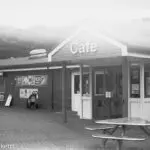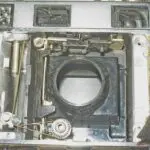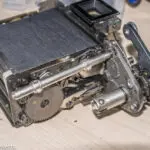Another in my series about my vintage camera collection, but this time something a bit different. It's not a camera, but a Weston light meter. In fact, two Weston light meters - a Weston Master II and a Weston Master III.
Pictures of the Weston Light meter
This gallery shows pictures of both the Weston Light Meters
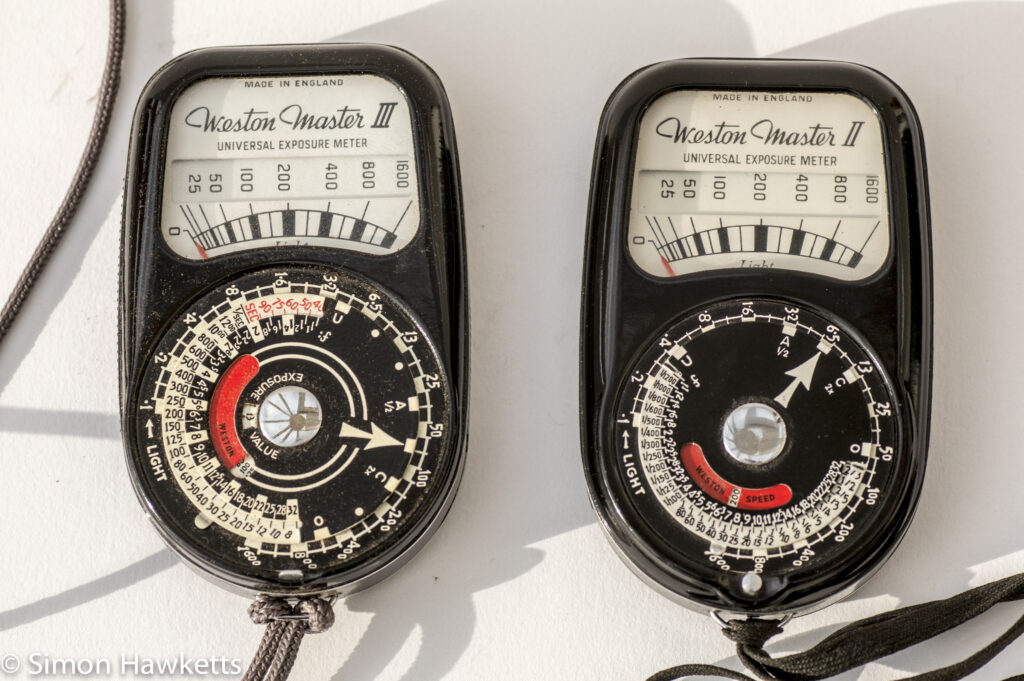

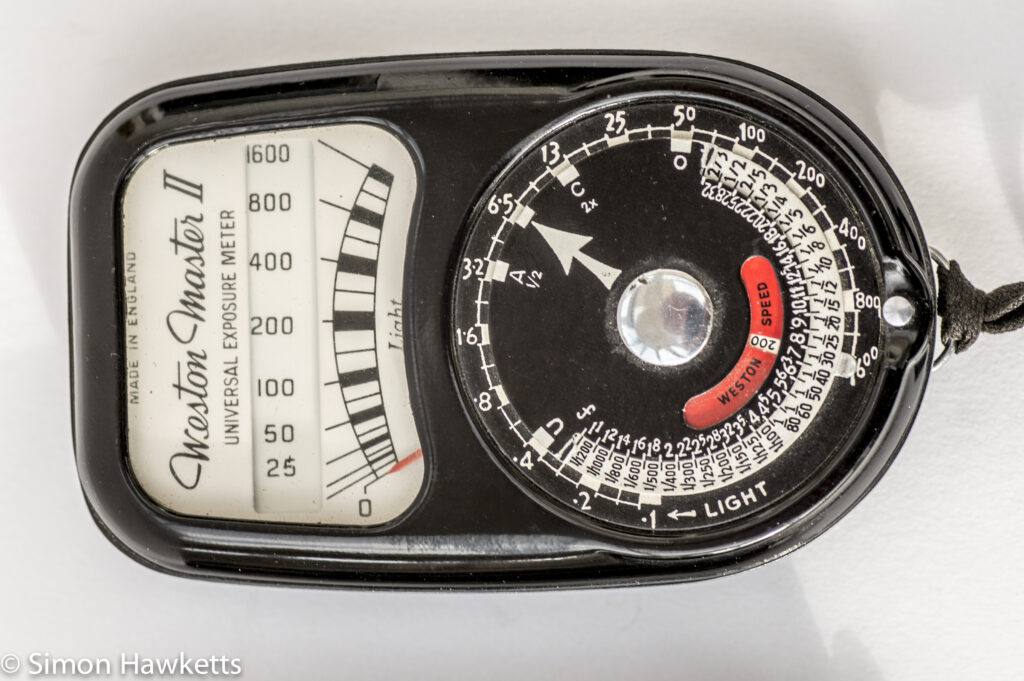
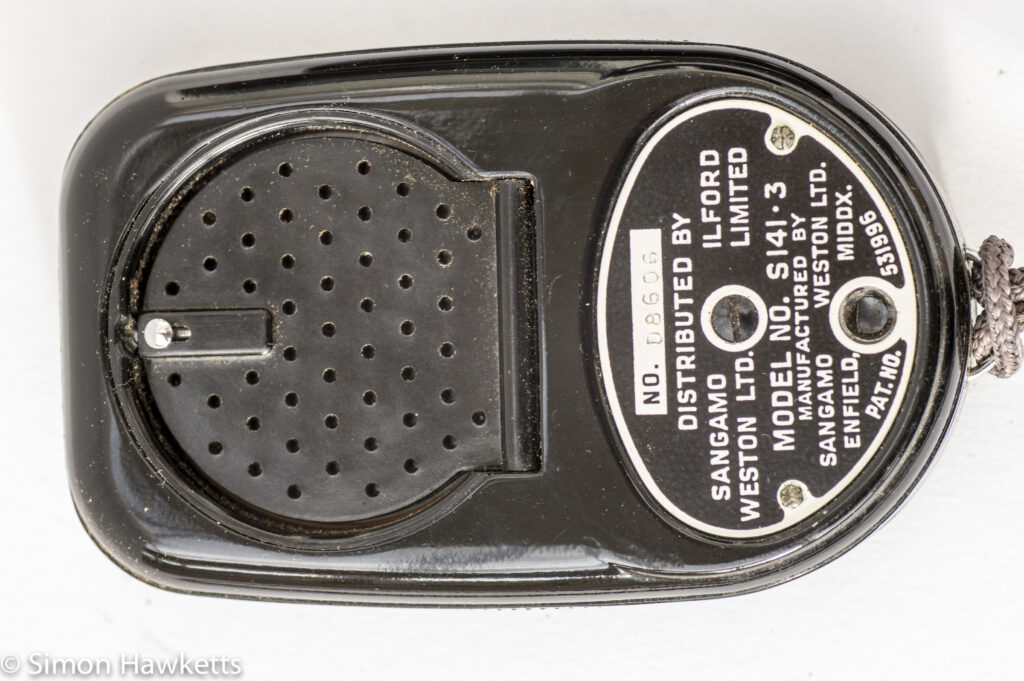
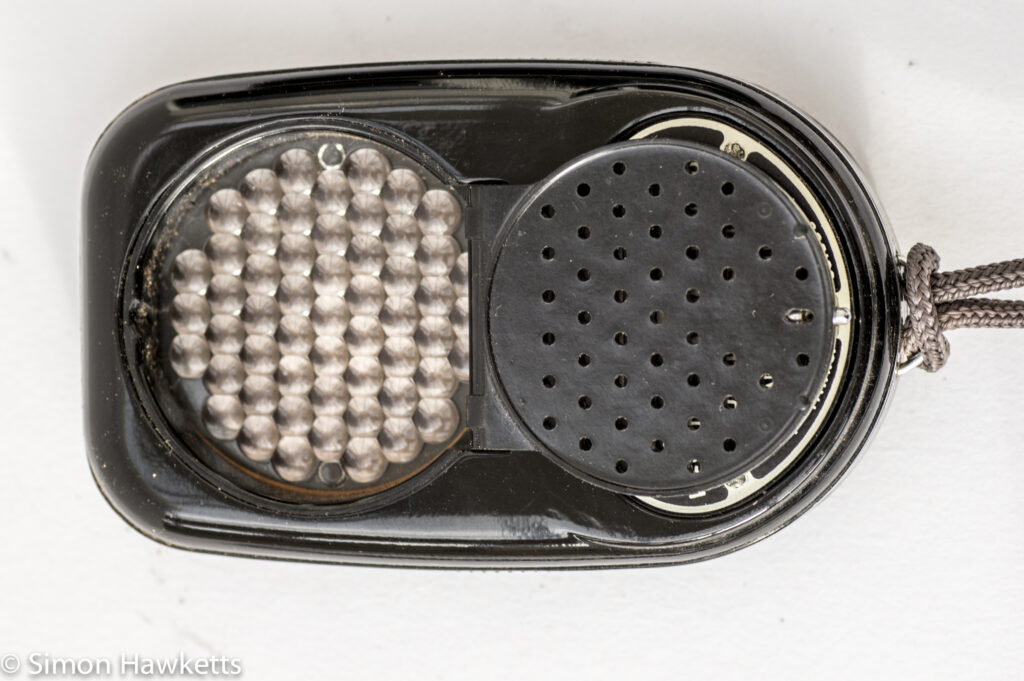
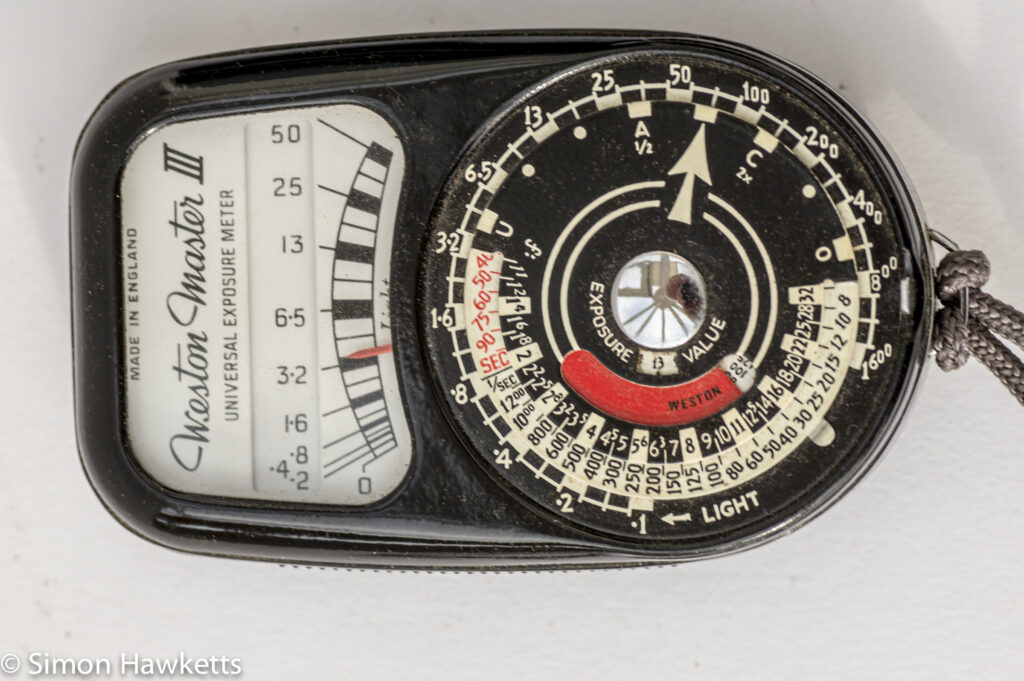
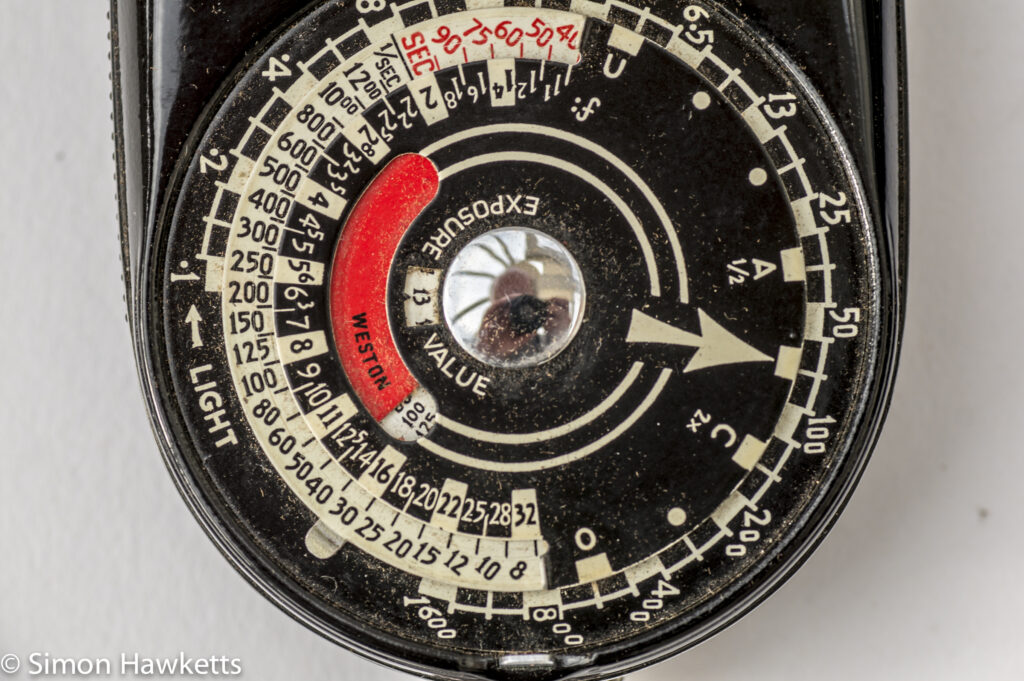

These Weston Light Meters are similar to the vintage lenses in my collection in that they are still useful and still fulfil the purpose that they were originally made for. Although I have several 35 mm film cameras and occasionally put a film through them, I do it for mainly nostalgic reasons, whereas the light-meters are still as accurate as they ever were.
Of course, most cameras these days have light measuring capabilities in-built, but there are still occasions when it's useful to take a hand held light reading.
Unfortunately, I don't have the add-on Invercone attachment for either Weston Light meter which would allow me to take incident light readings, which is one of the main reasons you would want to use a hand light meter over your camera's in-built light measuring capabilities. I'm going to keep an eye on eBay to find one because I would expect one unit would fit either meter.
Both these units were purchased on eBay and were incredibly good value considering they both basically work as well as they did when they were new. I remember my Dad always wanted a Weston Master, but basically couldn't afford to buy one, and had a small light meter which he got from Boots for a few pounds.
I got these units for £1.99 for the Weston II and £10.49 for the Weston III (which also came with a leather case). Although the pictures above emphasise the dust particles on them, they are both in very good condition and quite clean. I would guess that these units date from sometime in the late 1950s, so all I can say is they are about the same vintage as me and have aged considerably better!
These meters are very similar, one being a slightly more modern version of the other. The only real difference I can see is that the Weston III has an additional Exposure Value scale. Neither meter requires any battery to work as they are powered from the selenium cell which converts the light to a current and moves the needle.
Weston Light Meter Operation
To operate either Weston Light Meter, the meter is pointed at the subject, which causes the meter needle to move to a certain value shown on the scale. This value is then selected with the large arrow on the dial under the meter, and the exposure value can be read from the exposure scale on the dial. The dial is basically a lookup table of exposure values.
In order to read in low-light conditions the baffle plate, which is normally fitted over the selenium cell, can be flipped down, so the light directly hits the cell. As the plate is flipped, the meter scale is also replaced with a lower numbered version, allowing a lower light reading to be accurately taken.
In order for the scale to be set up to the speed of the film emulsion being used, there is a small button at the front of the meter which can be pressed, and the whole dial moved to set the film speed (shown in the red Weston speed scale in the pictures above).
It's interesting that on a modern exposure meter (I have a Gossen digipro F) the film speed (or ISO as it is now referred to) is an integral part of every exposure because it can be easily changed. When these light meters were in common use, film speed was something set when the film was loaded into the camera and forgotten.
The letters shown on the dials (A,C and U,O) are there to show the range of brightness which can be recorded on black & white (U,O) and colour (A,C) film. These settings were used to make sure the light or dark areas in the picture are correctly exposed. For example, if the photographer wanted to make sure that the dark area of the picture was correctly exposed, he could meter on the dark area and set the U to that setting. This would ensure that the picture would be exposed so that the dark area was visible and any over exposure in the light areas was minimised.
How accurate are these meters ?
Well, I went outside and used the Weston III to take a reading on these three pictures in my garden in manual mode. I would say that they are all under exposed by about 1/2 a stop, so that's not too bad. If it turned out the meter always underexposed by a known figure, that would be easy to compensate for.

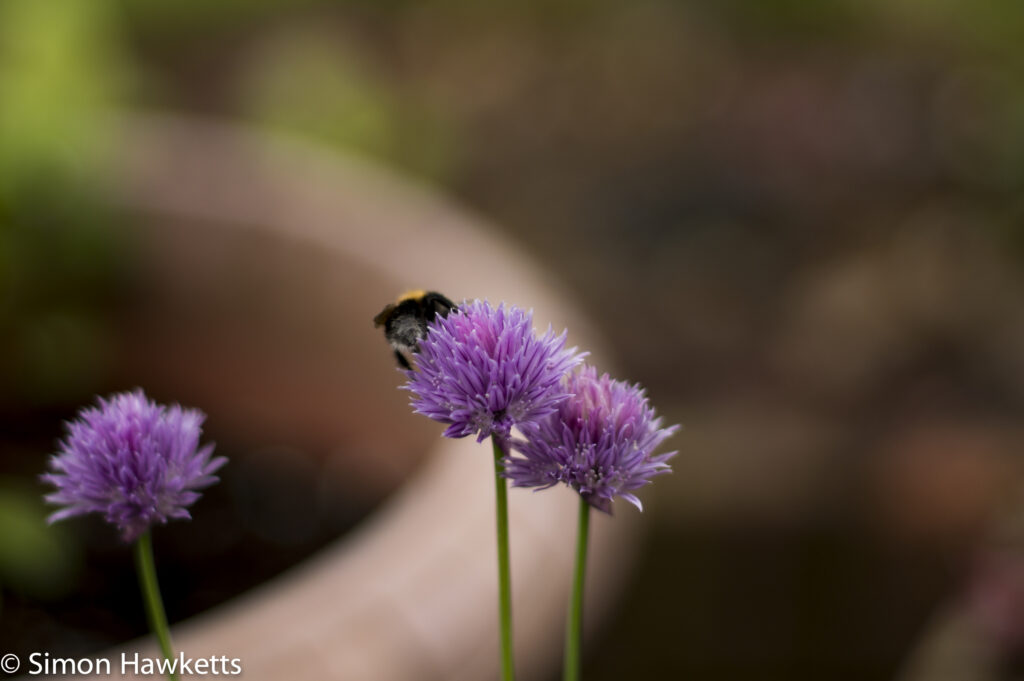

Incident v reflective measurements
Why would you want to use a hand held light meter ?
Well, there are some things which an in-built light meter (which measures the light reflected from the subject) is not good at. For example, if you take pictures in snow and rely on the camera's light meter, you will probably find that the pictures are under exposed by a couple of stops.
The reason for this is that the camera's light meter is designed to average the amount of light in a scene and set the exposure appropriately. It will get this right a very large number of times, but the averaging method will not work well in scenes where there is a predominance of white or black. The exposure system doesn't know the scene is mostly white or black and sets the average exposure, resulting in white scenes and black scenes being converted to grey.
One way round this is to measure the actual amount of light falling on an object rather than measuring the amount of light reflected off the object. This is what an incident light meter reading is.
